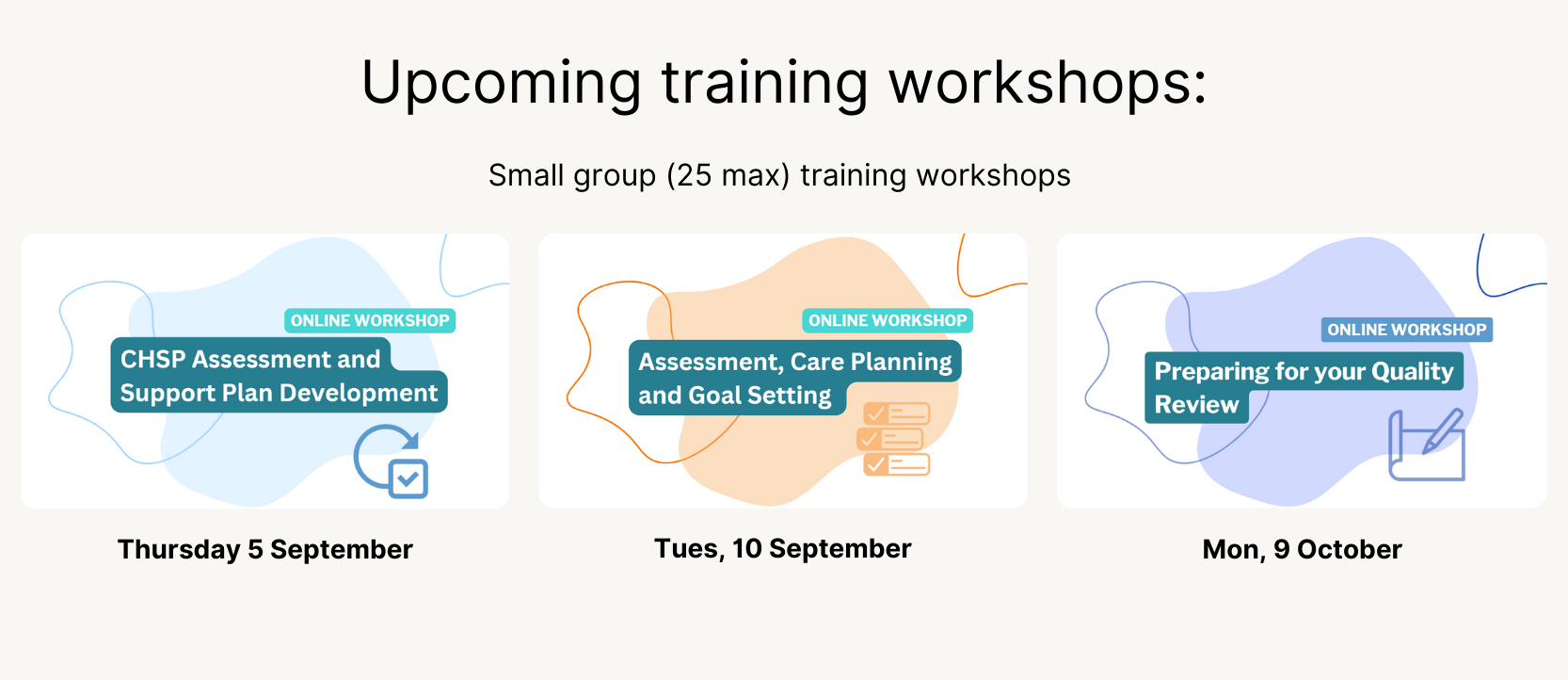Big questions about Support at Home
3 minute read
On 1 July 2025, the new Support at Home program will replace the Home Care Packages (HCP) Program. While the program is still in development and the details are light on, those of us who provide services in both disability and aged care are seeing major red flags.
Avivo is a large West Australian organisation that has been around for over 55 years, supporting people to live life in their own homes and communities. With around 70% of its services funded under NDIS, Avivo is uniquely positioned to raise its hand to ask questions and offer insights from the pitfalls of the NDIS.
We’re wondering if those in a position to influence this design are paying enough attention to the vast array of publicly available data, papers and press on the failings of the NDIS. We’re also wondering if organisations whose services are only in aged care know what they’re in for.
We have some big questions that no-one seems to want to answer.
Why?
What is the problem you’re trying to solve, and is this major reform really the best way to solve it?
From where we’re looking (out of the ditch that NDIS drove us into), the HCP pricing model is working beautifully. It is the benchmark to which we point when we tell NDIA how simple life could be, and that providers can be trusted to price appropriately to cover their costs.
With its consistent public pricing schedule, HCP customers can easily compare fees across providers and make informed choices. Providers can update their pricing each year to ensure they continue to cover the costs of providing quality, safe supports. The public can view our published, audited financial statements to be assured we’re not making excessive profits.
And if we’re not providing value for money, we know we’ll lose business to other providers. It is a model that respects the capacity of customers to make their own informed decisions, and trusts the integrity of the high quality, registered providers in the sector.
Unlike the NDIS, this program is not served by hundreds of thousands of unregistered providers and is not riddled with fraud. HCP is working. Of course, there is room for improvement to ensure quality, safe supports, simple and accessible services, and evolution to meet the changing demands of the people we’re supporting.
Does that mean we need to throw away the whole model, cause major disruption and confusion, and put longstanding providers at risk of financial failure?
What?
If Support at Home is heading our way in July 2025, you really need to give us a clue what it will look like.
What is the structure, so that our vendors can prepare their systems to match it? So that we can plan the project to implement in time? There are systems, processes, training, communications, and resources needed to get ready for you but we’re flying blind here.
And if you must introduce price caps, please tell us you’re paying attention to the mess that price caps made under NDIS. Allowing every provider of every type and size to claim the same price cap can ONLY cause one end of the market (small or individual unregistered providers) to profit while the other end (large, registered providers with hundreds or thousands of employees and significant quality & compliance costs) fails.
Why set price caps at all? What evidence are you relying on that says the current pricing model is failing?
Any community services organisation providing services in disability, aged care, or mental health can vouch for the change fatigue the community services sector is suffering. Reform is exhausting and expensive. Those of us who’ve lived through NDIS have no reserves left to draw on, so we’re praying government will be funding it.
Before we go much further, let’s go back to the Why. Which of the key findings from the aged care royal commission are being prioritised and how does this reform resolve them? We’re all in for changes that help reduce wait times for packages. We’re all in for extending funding beyond Level 4 packages so that people can stay in their own homes for longer when their support needs increase. But why these changes to the successful HCP pricing approach?
We need to hear the compelling reasons to do it at all and we need to learn the lessons of the NDIS.
If you’d like to hear more of what Lynsey has to say, she’ll be speaking at the upcoming Preparing for Support at Home Essential Briefing for Home Care Providers.
If you’ve got something to say and think Invox is the right place to say it, please let us know. We might be the right platform to publish your thoughts or concerns.
Continue Reading


